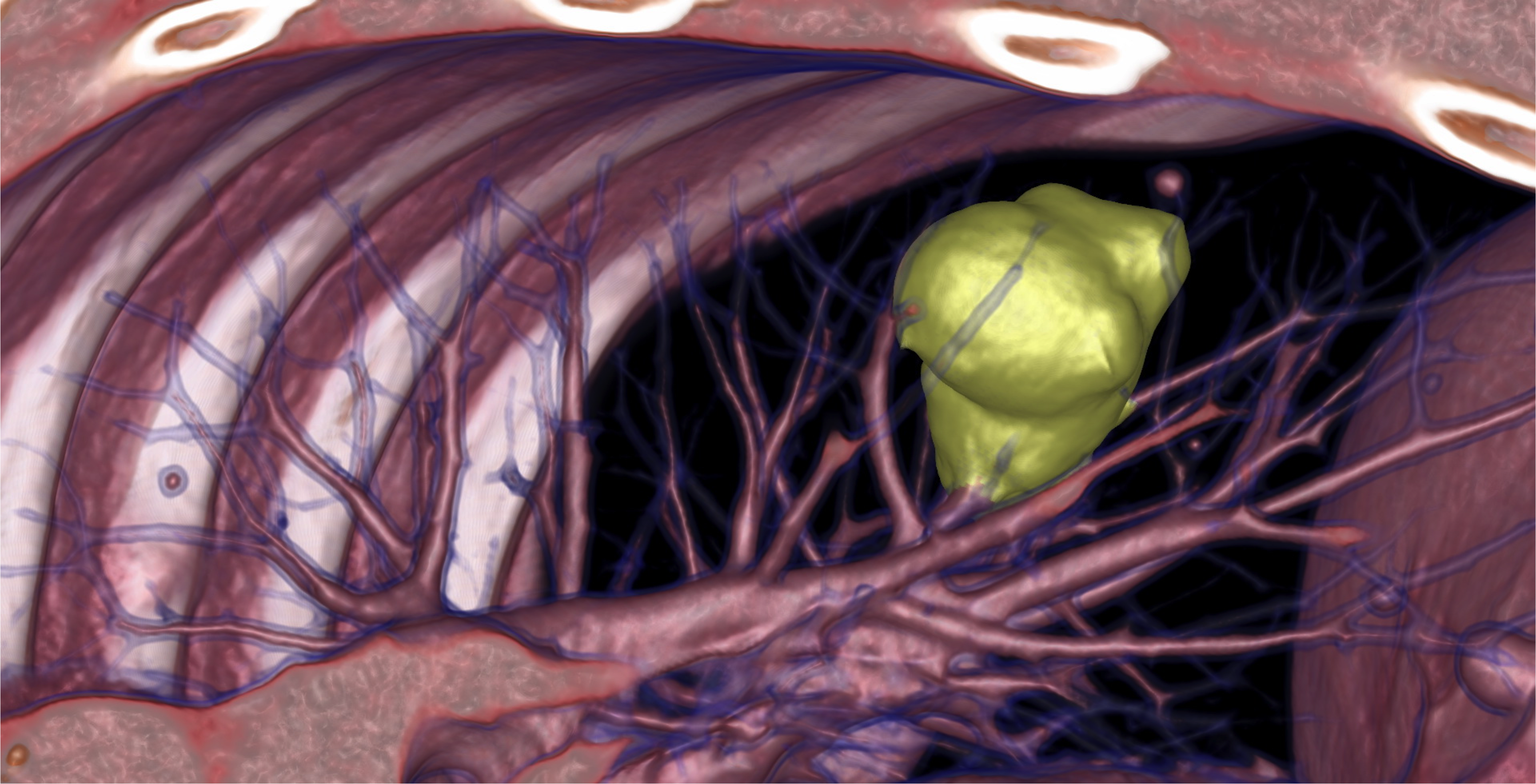
While I am thrilled that the JCAHO is finally requiring credentialing of CT technologists, I am often scratching my head reading JCAHO notices, trying to figure out what the actual requirements are, especially when the dates are moving targets.
 On June 16, 2016, The Joint Commission announced that it has decided to delete Note 1 at EP 19 that refers to advanced-level CT certification, and suspend implementation of EP 26. Please note that HR.01.02.05, EP 19, which establishes minimum qualifications for technologists performing computed tomography (CT) exams, will still go into effect on September 1, 2016.1
On June 16, 2016, The Joint Commission announced that it has decided to delete Note 1 at EP 19 that refers to advanced-level CT certification, and suspend implementation of EP 26. Please note that HR.01.02.05, EP 19, which establishes minimum qualifications for technologists performing computed tomography (CT) exams, will still go into effect on September 1, 2016.1
Hopefully this will help clarify things a bit:
The effective date of the requirement has returned to the original proposed date of September 1, 2016 and the continuing education requirements were streamlined to basically state all staff should participate in ongoing education and training. Boom!
In the March 2016 issue of Perspectives2, The Joint Commission announced the addition of two new Human Resources (HR) elements of performance (EPs). Technologists who perform diagnostic computed tomography (CT) exams at accredited hospitals, critical access hospitals, and ambulatory care organizations that provide diagnostic imaging services (including those ambulatory care organizations that have achieved Advanced Diagnostic Imaging certification) must have the following credentials (HR.01.02.05 19):
Exclusions to the requirements include the following:
This also specified that technologists who perform diagnostic CT’s are required to participate in continuing education (HR.01.05.03), with the same exclusions as above related to CT exams performed for radiation treatment planning, calculated attenuation coefficients and dental cone beam imaging.
The original effective date was scheduled for September 1, 2016. The JCAHO received feedback from several medical centers citing the effective date would be difficult to achieve, so the JCAHO amended the standards to include a “note 1” which changed the effective date to January 1, 2018. Additional feedback led the JCAHO to revert back to the proposed effective date of September 1 and deleted the continuing education elements to a more generalized requirement that all staff will participate in ongoing education and training.
As a licensed technologist who is passionate about quality imaging and safe patient care, I feel this is about 10 years overdue and a good start. What do you think?
References:
1 http://www.snmmi.org/NewsPublications/NewsDetail.aspx?ItemNumber=16091
These Stories on health IT
TeraRecon Headquarters
4309 Emperor Blvd, Suite 310
Durham, NC 27703
Tel: 650.372.1100
Fax: 650.372.1101
info@terarecon.com
All offerings are subject to availability and regulatory clearance, which may vary by country. Please verify product status with your local TeraRecon representative.
No Comments Yet
Let us know what you think